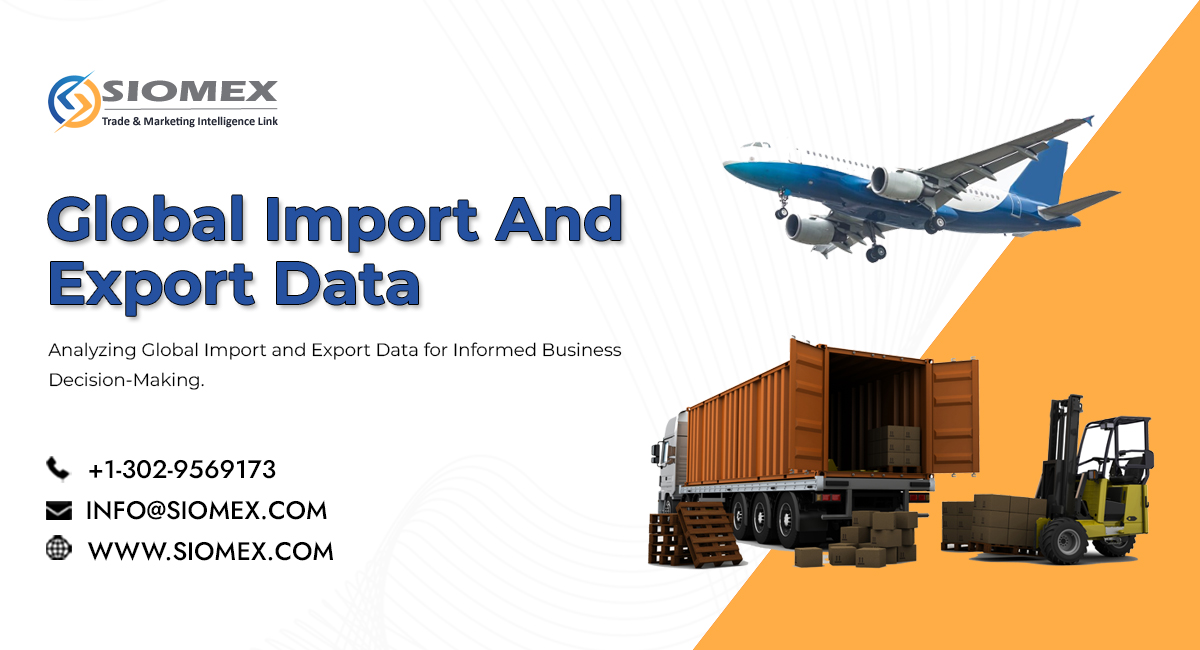Ways to Generate Leads for Your Import Export Business

If you’re you looking to expand your import export business and reach new customers? Generating leads is a crucial aspect of growing any business.
In this blog, we’ll look at five effective strategies through which we can generate high quality leads and turn them into loyal clients for your import export business:
By implementing these strategies, you can increase your sales, expand your customer base, and take your business to new heights in the competitive global market.
1. Content Marketing
As we all know content is king. By creating informative and valuable content, you can position yourself as a thought leader in the import export Data industry.
This attracts potential clients who are actively searching for solutions to their import export needs.
● Target Your Audience: Focus on content relevant to your target market. Are you an expert in customs regulations?
Offer insights on navigating those complexities. Do you specialize in a particular product category? Share industry trends and market analysis.
● Blog Regularly: Consistency is key. Establish a regular blogging schedule to keep your audience engaged.
● Diversify Your Content: Don’t just stick to blog posts. Explore infographics, e-books, white papers, and even video content to cater to different learning styles.
● Optimize for Search Engines (SEO): Use relevant keywords throughout your content to ensure your target audience finds it when searching online.
2. Leverage the Power of Lead Magnets:
Content marketing attracts leads, but how do you capture their contact information for further nurturing? Lead magnets are valuable resources offered in exchange for an email address. This could be:
● E-books: Compile in-depth guides on import/export processes, specific regulations, or market analyses for a particular region.
● Webinars: Host informative webinars on relevant topics and require registration with an email address.
● Checklists or Templates: Offer downloadable checklists for streamlining import/export procedures or templates for essential documents.
3. Network Like a Pro
The import export industry thrives on relationships. Partner with businesses that complement your services:
● Freight Forwarders: Collaborate with freight forwarders to reach a wider audience of potential clients who require import/export assistance.
● Industry Associations: Join relevant industry associations to connect with potential clients and establish your credibility.
● Trade Shows and Events: Participate in trade shows and industry events to showcase your expertise and network with potential clients and partners.
4. Make the Most of Social Media Marketing:
Social media platforms offer a powerful tool to connect with potential clients directly. Here’s how to leverage them effectively:
● Choose the Right Platforms: Identify which platforms your target audience frequents most. Platforms like LinkedIn can be excellent for B2B connections, while industry specific groups on Facebook can be valuable resources.
● Post Engaging Content: Don’t just promote your services. Share industry news, success stories, and insights that provide value to your audience.
● Run Targeted Ads: Utilize social media advertising platforms to target potential clients based on specific demographics and interests.
● Join Relevant Conversations: Participate in industry discussions on social media to showcase your expertise and build brand awareness.
5. Invest in Pay Per Click (PPC) Advertising:
PPC advertising allows you to display targeted ads to potential clients searching online for import/export services. ‘
This is a great way to generate leads quickly and reach a highly relevant audience.
● Keyword Research: Identify the keywords potential clients use when searching for import export services related to your niche.
● Landing Page Optimization: Create dedicated landing pages that convert
website visitors into leads by offering valuable resources or clear calls to action.
● Track and Analyze Results: Regularly monitor your PPC campaigns to identify what’s working and adjust your strategies accordingly.
Your website is often the first point of contact for potential clients. Ensure it’s optimized for lead generation:
● Clear Call to Actions: Make it easy for visitors to take the next step, whether it’s contacting you for a consultation, downloading a lead magnet, or subscribing to your newsletter.
● Good Content: Showcase your expertise through informative blog posts, case studies and client testimonials.
● Easy Contact Forms: Simplify the process for potential clients to reach out by providing user friendly contact forms.
Conclusion:
Generating leads for your import/export business is an ongoing process.
By combining these strategies and consistently providing value to your target audience, you’ll establish yourself as a trusted partner and watch your leads blossom into loyal clients.
If you want to know in and out of trade then you must visit Siomex




